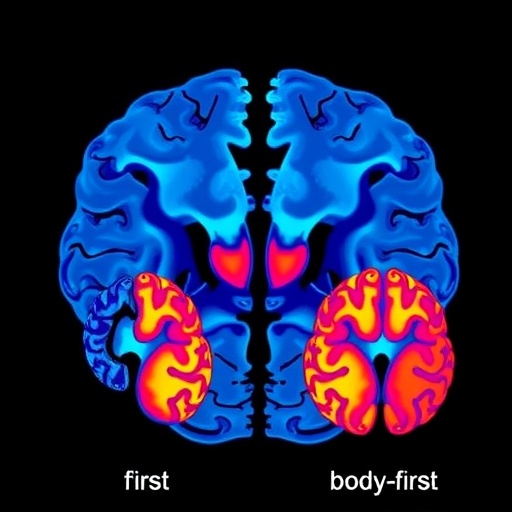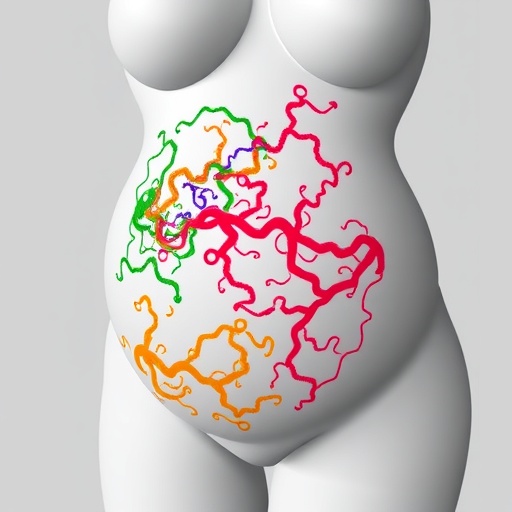In a groundbreaking perspective that challenges long-held notions, recent research emphatically asserts that Parkinson’s disease (PD) is not a single, uniform disorder—and consequently, the quest for one universal cure may be fundamentally misguided. This paradigm-shifting view, thoroughly examined by S.J. Bowen in the latest issue of npj Parkinsons Disease, provides a comprehensive exploration of the heterogeneity inherent in PD. The scientific community is now urged to reconsider its approach to both diagnosis and treatment, embracing the complexity of this neurodegenerative disease with unprecedented nuance.
Parkinson’s disease has traditionally been characterized by a constellation of motor symptoms—tremors, rigidity, bradykinesia, and postural instability—that appear deceptively consistent across patients. However, Bowen’s detailed analysis reveals that beneath the surface, the pathophysiological mechanisms driving these symptoms diverge markedly from one individual to another. This heterogeneity is not merely clinical but extends deep into molecular, genetic, and environmental domains, indicating that PD might actually be a spectrum of disorders with overlapping phenotypes rather than a singular disease entity.
One of the crucial insights offered is the profound variability in the underlying neurodegenerative processes. While alpha-synuclein aggregation has long been implicated as a hallmark of PD pathology, the degree, timing, and even the specific neuronal populations affected vary considerably between patients. Further complicating this picture are genetic mutations that predispose certain individuals to atypical forms of PD or related synucleinopathies, thereby influencing disease progression, symptomatology, and response to treatment. Such findings underscore the inadequacy of “one-size-fits-all” models in both clinical and research settings.
Bowen meticulously dissects the ramifications of this complexity, arguing that therapeutic interventions tailored to the dominant pathological and molecular signatures of individual patients could revolutionize PD management. Precision medicine approaches, currently transforming cancer and rare disease treatment, are posited as the future of Parkinson’s care. Potential strategies could include stratifying patients based on their genetic profiles, biomarkers, and environmental exposures to optimize drug efficacy and minimize adverse effects, heralding a new era of personalized neurology.
The implications extend beyond treatment to diagnosis as well. Traditional clinical criteria, while effective for identifying motor symptoms, fail to capture the nuanced variations in non-motor symptoms such as cognitive impairment, mood disorders, and autonomic dysfunction—all of which manifest with differing intensities and timelines. Such diversity in clinical expression reflects the underlying biological heterogeneity and necessitates more sophisticated diagnostic tools, possibly integrating advanced neuroimaging, genomics, and proteomics. Bowen highlights ongoing efforts to develop biomarkers capable of distinguishing PD subtypes, which could dramatically improve early diagnosis and monitoring.
Moreover, the review explores environmental and lifestyle factors as critical modulators in the disease’s landscape. Exposure to pesticides, heavy metals, and varying patterns of gut microbiota composition are discussed as influential variables interacting with genetic predispositions, collectively shaping disease onset and progression. Recognizing and quantifying these contributions opens avenues for preventive strategies and public health initiatives aimed at risk reduction—an often overlooked aspect in PD management.
The research also emphasizes the necessity for longitudinal cohort studies that capture the evolving nature of Parkinson’s disease across diverse populations. Current clinical trials typically recruit narrow patient groups, limiting the generalizability of their findings. Bowen calls for inclusive, large-scale initiatives that leverage big data analytics and machine learning to unravel the intricate web of factors defining individual disease trajectories. Such approaches could identify previously unrecognized subtypes and predictive markers crucial to refining both scientific understanding and therapeutic approaches.
Importantly, the heterogeneity of PD challenges the regulatory framework for drug approval as well. Bowen discusses how conventional clinical trial designs, relying on broad patient inclusion criteria and uniform outcome measures, may fail to detect meaningful benefits of targeted therapies. Regulatory bodies may need to adapt by endorsing more flexible trial methodologies, such as adaptive designs or N-of-1 trials, to effectively evaluate interventions tailored to specific patient subsets.
Despite the profound challenges posed by embracing this complexity, the potential rewards are immense. By recognizing Parkinson’s as a constellation of related but distinct disorders, the scientific community can escape the frustrating cycle of repeated clinical trial failures that plague PD drug development. Future breakthrough treatments could then be developed and deployed with greater precision, ultimately transforming the prognosis and quality of life for millions of patients worldwide.
Bowen also addresses the psychological and societal impacts of this new framework. Patients often seek definitive answers and cure promises, but the emerging reality demands nuanced communication and counseling to manage expectations. The medical community’s ability to convey the inherently complex nature of PD while fostering hope for personalized therapies will be pivotal in maintaining patient engagement and adherence.
Furthermore, this intellectual shift has profound implications for research funding and resource allocation. Policymakers and funding agencies might need to recalibrate priorities, supporting multidisciplinary collaborations that integrate genetics, neuroscience, epidemiology, and computational biology. Such synergy is vital to disentangle the multifactorial underpinnings of Parkinson’s heterogeneity and accelerate translational advances.
In addition to genetic and environmental factors, Bowen highlights the enigmatic role of age-related processes in PD pathology. Aging, as the predominant risk factor, interacts with myriad cellular mechanisms—mitochondrial dysfunction, proteostasis impairment, neuroinflammation—additively influencing disease onset and progression. Deciphering how these universal hallmarks of aging interface with genetically and environmentally driven pathways is one of the key frontiers in PD research.
The article underscores innovative techniques being employed to dissect this complexity. Single-cell transcriptomics and proteomics enable unprecedented resolution to characterize neuronal subpopulations affected in PD, while advanced neuroimaging modalities allow dynamic assessment of disease progression in vivo. Bowen presents a compelling case for integrating these cutting-edge tools into clinical research to refine disease classification and inform targeted therapeutic development.
Finally, the conceptual move away from viewing Parkinson’s disease as a monolithic disorder necessitates a cultural transformation within the research and clinical communities. Embracing patient heterogeneity not only optimizes science and medicine but also personalizes care, respecting each individual’s unique disease journey. This comprehensive reappraisal offers a bold yet essential paradigm shift, setting the stage for transformative progress in understanding and ultimately conquering Parkinson’s disease.
Subject of Research: Heterogeneity in Parkinson’s Disease and Implications for Diagnosis and Treatment
Article Title: There is not one Parkinson’s disease, nor is there one cure
Article References:
Bowen, S.J. There is not one Parkinson’s disease, nor is there one cure. npj Parkinsons Dis. 11, 339 (2025). https://doi.org/10.1038/s41531-025-01183-w
Image Credits: AI Generated
DOI: https://doi.org/10.1038/s41531-025-01183-w
Tags: alpha-synuclein aggregationenvironmental influences on Parkinson’sgenetic factors in Parkinson’s diseaseindividualized treatment approaches for Parkinson’smolecular mechanisms of Parkinson’sneurodegenerative disease complexitynuanced understanding of Parkinson’s pathologyParkinson’s disease diagnosis challengesParkinson’s disease heterogeneityParkinson’s disease research perspectivesParkinson’s symptoms variabilityspectrum of Parkinson’s disorders





